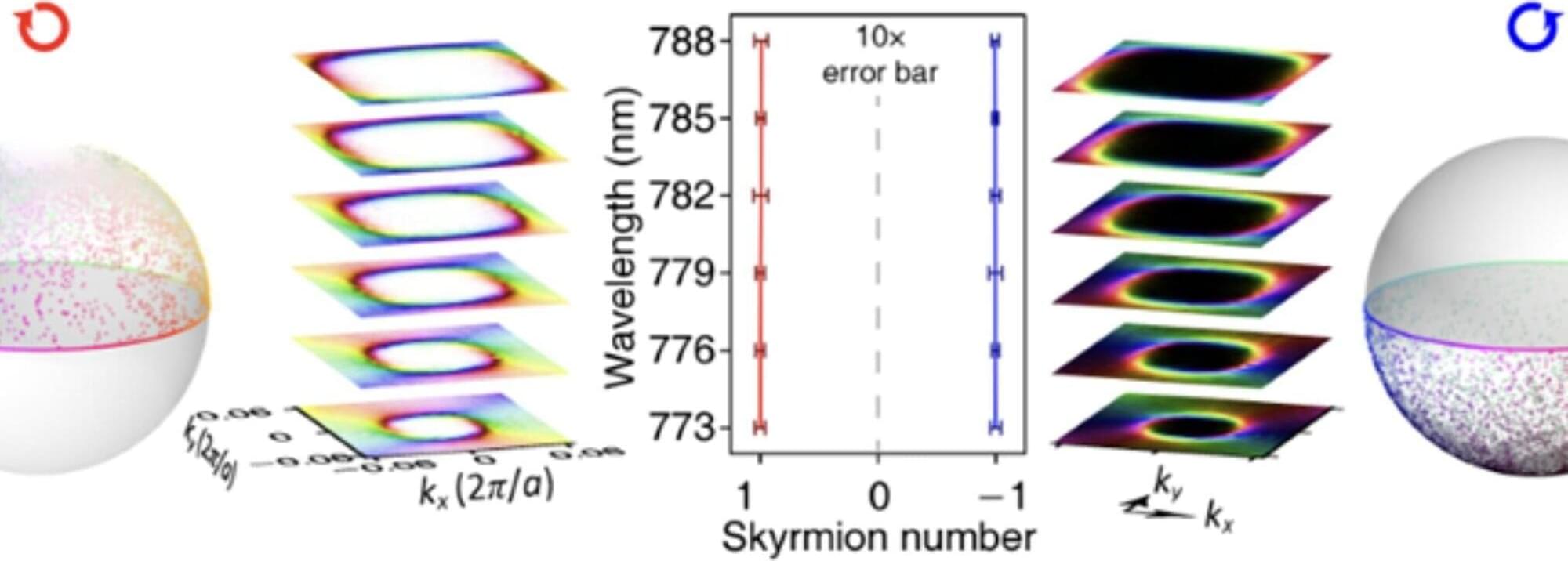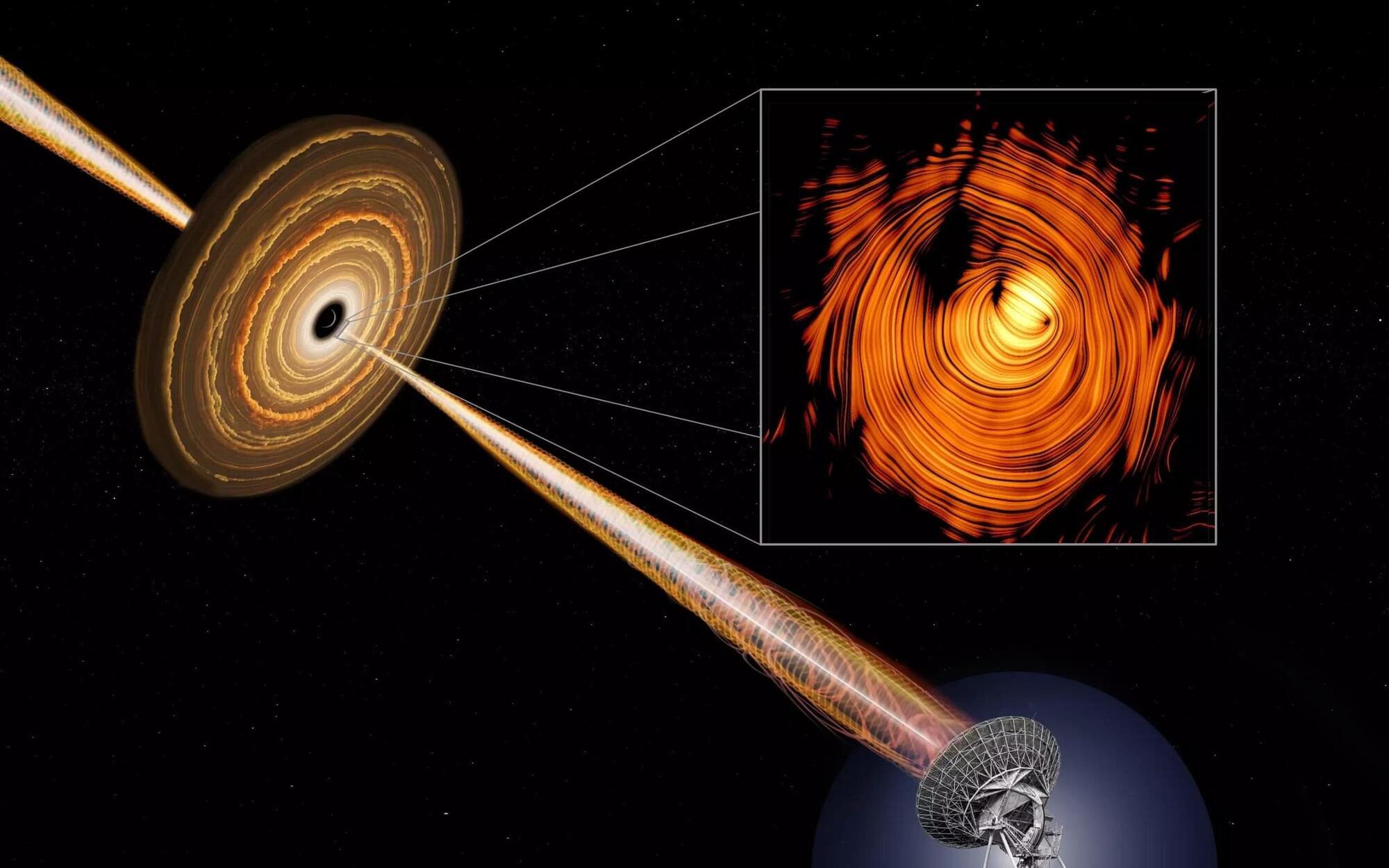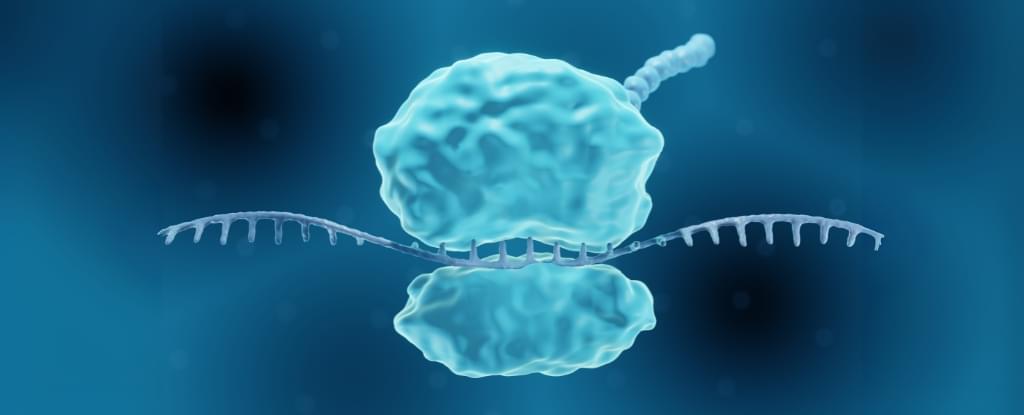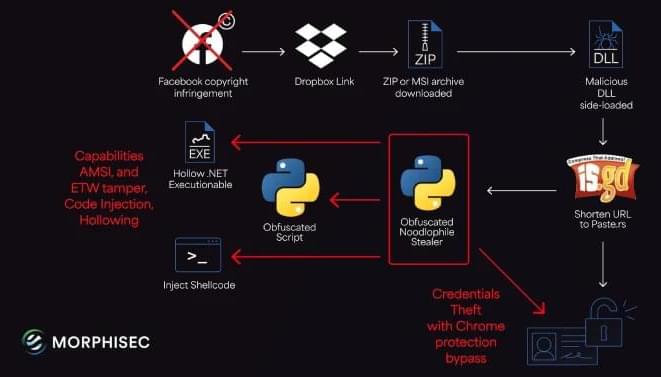Topological spin textures, spatially organized patterns linked to the intrinsic angular momentum of particles, have proved to be highly advantageous for the development of spintronics and quantum technologies. One of the most studied among these textures are skyrmionic textures, which are two-dimensional and stable patterns of spin orientation. Recently, the study of skyrmionic textures has gained significant attention in the field of optics and photonics, revealing novel physical properties and promising potential applications.









